Check me out on: My Patreon | Sign Up for My Newsletter | Instagram | Facebook | Twitter | Flickr | 500px | Google+ |
Canon has FINALLY released a full frame mirrorless camera – the Canon EOS R. They have also launched a new lens mount – the RF. While many people advocated for Canon to retain the EF mount, early development for the platform shows that the RF mount may be the most exciting component thus far, with both better and also more unique lenses either launching or in development for the platform. After reviewing the Canon EOS R, I am convinced that the best thing about the camera thus far are the exciting new RF mount lenses. The camera shows great potential for focus, with incredibly fast focus speeds with the new RF 24-105mm f/4L IS. The new RF 24-105L kit lens is a clear improvement over previous 24-105mm lenses, and the combination of camera and lens produces beautiful images. This quick text review is a companion to my video episodes on this lens to give you a sense of whether or not you should buy the RF 24-105L as either a standalone lens or in kit with an EOS R series camera.
If you prefer to watch your reviews (and my video review is a little more thorough than this quick text review), I recommend that you take a look at my full video review here!
Canon RF 24-105L IS USM Build and Handling
I recommend that you take a look at this video review to get the details on the build and handling of the RF 24-105L.
The new RF lenses represent a nice evolution of classic Canon “L-series” design. I felt that the series needed an update as it had retained essentially the same look for decades. A couple of details stand out to me and should be mentioned here. First of all, there are some nice cosmetic updates, including a unique molded transition area near the lens mount that has a platinum colored accent section and also some artful contours where the black section emerges from the the platinum portion.
What’s also worth noting is that this design has both form and function, as it allows for adequate room for one’s knuckles between lenses and the grip – something that the a7R3 often cannot say. You can see from the photo above that there is a nice amount of space between the lens and the grip. When I hold the 24-105mm combination (a substantial lens), nothing is touching or rubbing. I actually think that Sony should make the next generation of a7 cameras a little wider to add a few extra millimeters of room in between the lens and the grip.
There is a useful new physical control in the addition of a “control ring” to RF mount lenses. This is located near the front of the lens on all current RF lenses and it can be assigned a variety of different values. A couple practical ones to me include Aperture (you can use it essentially like an aperture ring) and (my current choice) Exposure Compensation. Unlike most mirrorless cameras, the EOS R has no dedicated Exposure Compensation dial…and I miss it. Mapping this to the Control Ring makes up for what is missing on the camera, which leads me to another point: you’re going to want that Control Ring adapter for your EF lenses! I felt limited when I used the adapter without it, and loved the additional functionality when I used the control ring adapter with my EF glass. The control ring works well on the RF 24-105L, providing a convenient way to control either lens or camera functionality. It has a different texture to the ring along with a slightly different visual look.
The RF 24-105L is on the large side of medium. It is (D x L) 3.29 x 4.22″ / 83.5 x 107.3 mm. This is, however, a little smaller than the Canon EF 24-105mm F4L IS II, which is (D x L) 3.29 x 4.65″ / 83.5 x 118 mm. So, roughly an extra half inch (10mm) shorter than the EF version, though the two lenses share the same diameter and filter size (77mm). The RF lens is a fair bit lighter, however, at 1.54 lb / 700 g compared to 1.75 lb / 795 g. What’s interesting, however, is that I found the EF 24-105L II “plasticky-feeling” in the hand, but I found the RF 24-105L more substantial feeling. The Sony 24-105mm F4 G lens is a little longer (113.3mm) than the RF lens, but it is also a little lighter (663g).
Despite having a fairly long barrel, the RF 24-105L has a fairly “busy” section where the rings reside. The zoom ring is closest to the lens mount (about halfway up the lens barrel), followed by the MF ring, and then the aforementioned control ring. If I have any complaint about the ergonomics, it is that these rings are a little too close together, and it could be easy to grab the wrong one. Canon has dealt with this in part by giving them all something unique. The zoom ring is wider, has a different rib pattern, and is contoured with the latter portion curving into a wider section of the lens barrel. It has a very unique feel. The manual focus ring is the least distinguished, but does have a tighter rib pattern. There is a little gap before the control ring adapter, and it has a completely different texture and tactile feel.
The RF 24-105L has two switches, an AF/MF switch and on ON/OFF for the IS (Image stabilization) system. These switches are small but definite and one shouldn’t have an issue with inadvertently clicking them.
The IS in the RF 24-105L is rated at 5 stops (an impressively high figure), and works very well. It goes on and off in a near imperceptible fashion and makes little noise in operation. I was able to get nicely repeatable results handholding 1/8th second shots at 105mm, so it definitely works well. The shot below is one of ten that all look pretty much the same:
The RF 24-105L has a weather-sealed design that make it useful in the elements. All in all, this is a nicely designed lens that manages to shave a little weight compared to the EF version along with adding additional functionality.
If you want to see more images of the lens itself, visit the Lens Image Gallery.
Canon RF 24-105L IS USM Autofocus
Autofocus with the native RF 24-105mm F/4L IS is brilliantly fast. It’s just there, instantly. Canon claims that this is the fastest autofocusing combination in the world, and it’s hard to doubt. Canon pioneered the Nano-USM technology employed in this lens nearly two years ago with the EF-S 18-135mm F3.5-5.6 IS USM lens. I was impressed with it then, and remain impressed now. Autofocus is near instant, extremely quiet, and accuracy is nicely reliable.
Canon’s Eye-AF (Pupil-AF in Canon speak) isn’t as sophisticated yet as Sony’s, but that didn’t stop the RF 24-105L from delivering very consistent results in a variety of situations.
Canon also claims new levels of sensitivity in low light for the EOS R. With the RF 50mm F1.2L they claim that it is sensitive down to EV-6, which is essentially a dark room. With a more pedestrian F2.8 lens, however, that should still be somewhere close to EV-4, which is less than moonlight. Suffice it to say that there are few situations you won’t be able to focus the lens in. Even with the 24-105’s F4 aperture, I had very good performance in low light situations. This shot, for example, I took at 1/30th second at ISO 40,000, which is dark enough that it would have taken a 13 second exposure at ISO 100, and the camera focused near instantly (and did so perfectly accurately):
While I don’t love focus by wire manual focus lenses (focus input on the MF ring is routed through the focus motor to move anything, so you don’t directly focus the lens manually), the RF 24-105L is fairly mannerly. The EOS R body has a number of effective MF aids that enable you to get very reliable results when manually focusing.
All in all, there is great news on the autofocus front. The RF 24-105L is a great autofocus lens, with blazing fast speed and good accuracy. Even better, the nature of mirrorless focus systems means that you don’t need to worry about AFMA or calibrating autofocus. Autofocus accuracy is not dependent on fine-tuning focus, so the lens will deliver perfectly reliable results right out of the box.
Canon RF 24-105L IS Image Quality
Any lens with a big zoom ratio has to make some compromises. The engineering required for 24mm is very different than the engineering requirements of 105mm. Canon has done a great job of offsetting those vulnerabilities, however, and has delivered a lens with very consistent performance across the zoom range. It has few flaws, but for the most part it delivers great looking results. The full details can be had in this video episode:
On the wide end, (24mm), it shows the typical flaws. Some noticeable barrel distortion along with a fair amount of vignette can be seen before correction. There is also a bit of lateral chromatic aberrations along the edges.
The standard profile clears up most of these things very well. Geometry isn’t perfect after correction, but close enough that you won’t notice any distortion unless you were doing what I was doing – shooting a brick wall! Vignette clears up nicely, and the lateral CA can be removed by just clicking the “remove chromatic aberrations” box. All of these things will also be fixed in camera if you shoot JPEGs.
Center sharpness and contrast is excellent, however, and the sharpness is fairly even. The corners aren’t quite as sharp and contrasty, but they aren’t far behind. This is definitely the strongest 24mm performance we’ve seen from any Canon 24-105 lens.
Shooting at conventional landscape apertures delivers great results.
The middle portion of the focal range is strong, too, with less distortion and vignette along with continuing even sharpness. Here’s some real world examples from the 35-75mm range.
At 105mm there is a tiny amount of pincushion distortion (no real issue) with a bit of vignette. Center sharpness remains good, with a little less corner sharpness (though still pretty good).
I think that the typical images one shoots at 105mm look great, and since longitudinal chromatic aberrations are well controlled, images have a much crisper look than the EF 24-105L II without the edge “bleeding” I sometimes saw with it. Look at how great this leaf looks – so crisp!
Stopping down a bit improves the corner performance to very good levels. Canon did a great job providing a consistent optical performance across the range.
Another strength is color rendition. I felt like landscape colors looked great, but I also liked skin tones and the amount of punch there was to images.
The lens also has fairly nice bokeh rendering, with out of focus areas looking soft and pleasing.
If there is any real lens vulnerability, it is that flare resistance could use some work. The RF 24-105L exhibits some fairly pronounced ghosting artifacts, particularly when the lens is stopped down. The lens does have Canon’s Super Spectra coatings, but they aren’t enough.
While I would never choose a lens with a maximum aperture of F4 as my top option for shooting astrophotography, the RF 24-105L does a satisfactory job in a pinch, with relatively low levels of coma.
The lens can focus down to 1.48′ (45cm) and produces a very useful 0.24x magnification. That’s good enough to get pretty close to things and produce a nice result, though with perhaps a bit of loss of contrast at close focus distances.
All in all, there’s a lot of good news here. Most important is that I do really like the look of the images the lens produces. They have that extra little “intangible”, which is great in a lens with such a big focal length. There are many more images to be seen in the Lens Image Gallery.
Conclusion
I don’t get overly excited about lenses with a maximum aperture of only F4, but there’s no question that this is a very useful lens. You can do about 80% of your photography (or maybe 100%, depending on your needs) without the Canon RF 24-105mm F4L IS USM ever leaving your camera.
I would recommend a good telephoto lens and perhaps a wide aperture prime lens to compliment this lens. At the time of this review, the only camera that it can be used on is the Canon EOS R, but that will undoubtedly change as Canon introduces more cameras supporting the RF mount moving into the future. I noted in my EOS R review that the EOS R (at present) seems to be more a delivery system for the excellent new lenses that the RF mount has unlocked. The RF 24-105L is a great place to start in building your new lens kit, though, as it manages to avoid many of the common pitfalls from such lenses and delivers above-average image quality and truly excellent autofocus performance.
Pros:
- Well built, highly functional lens
- Nice aesthetic improvements and build feels more robust than EF 24-105L II
- Extremely fast autofocus
- Good low light sensitivity and focus
- Excellent color rendition and saturation
- Low longitudinal CA = great contrast
- Good, even sharpness across focal range
- Weather sealing
- Control ring is very useful
Cons:
- Flare prone
- Some pronounced barrel distortion at 24mm
- Minor amounts of lateral CA
- Some vignette
Gear Used:
Purchase the Canon EOS R @ B&H Photo | Amazon | Amazon Canada | Amazon UK | Amazon Germany | Ebay
Purchase the Canon RF 24-105mm f/4L IS USM @ B&H Photo | Amazon | Amazon Canada | Amazon UK | Amazon Germany | Ebay
Peak Design Leash Strap: Peak Design Store | B&H Photo | Amazon | Amazon Canada | Amazon UK
BenQ SW271 4K Photo Editing Monitor – B&H Photo | Amazon | Amazon.ca | Amazon UK
Adobe Photoshop Creative Cloud 1-Year Subscription
Alien Skin Exposure X4 (Use Code “dustinabbott” to get 10% anything and everything)
Visit Dustin’s Amazon Storefront and see his favorite gear

Purchasing your gear through B&H and these links helps fund this website and keeps the articles coming. You can also make a donation here if you would like. Visit my Amazon page for some of my gear of choice! Thank you for your support.
Great News! I can now offer a 5% discount on all purchases at Amplis Foto, Canada’s Leading Photographic Supplier. Please enter discount code: AMPLIS52018DA in your cart. It is good for everything in your cart, and is stackable with other coupons, too! It will take 5% off your entire order! Proceeds go towards keeping this site going and providing you with new reviews!
Check me out on: My Patreon | Sign Up for My Newsletter | Instagram | Facebook | Twitter | Flickr | 500px | Google+ |
Use Code “DUSTINHDR” to get $10 off ($15 CDN) Luminar and/or AuroraHDR
Keywords: Canon EOS R, RF 24-105, 24-105 R, EOS R, Canon, Mirrorless, EOS R Review, Canon EOS R Review, Canon R Review, RF, Canon RF, Canon RF 24-105 F4L IS, Dustin Abbott, Review, Hands-On, Sample Images, Video, AF, Resolution, Demonstration, How-To, RF 50mm 1.2L, RF 50L, 28-70 F2, Focus Speed



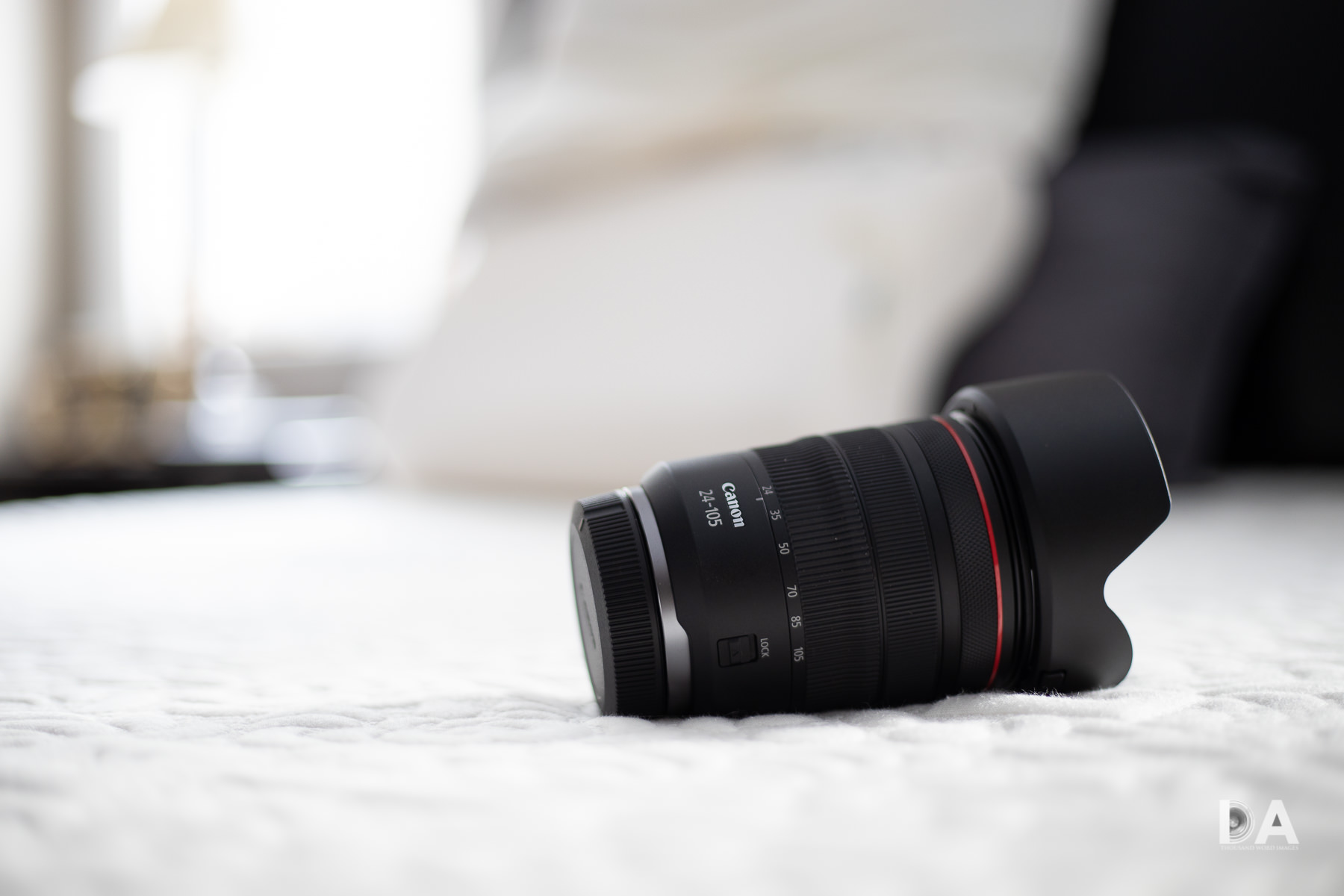
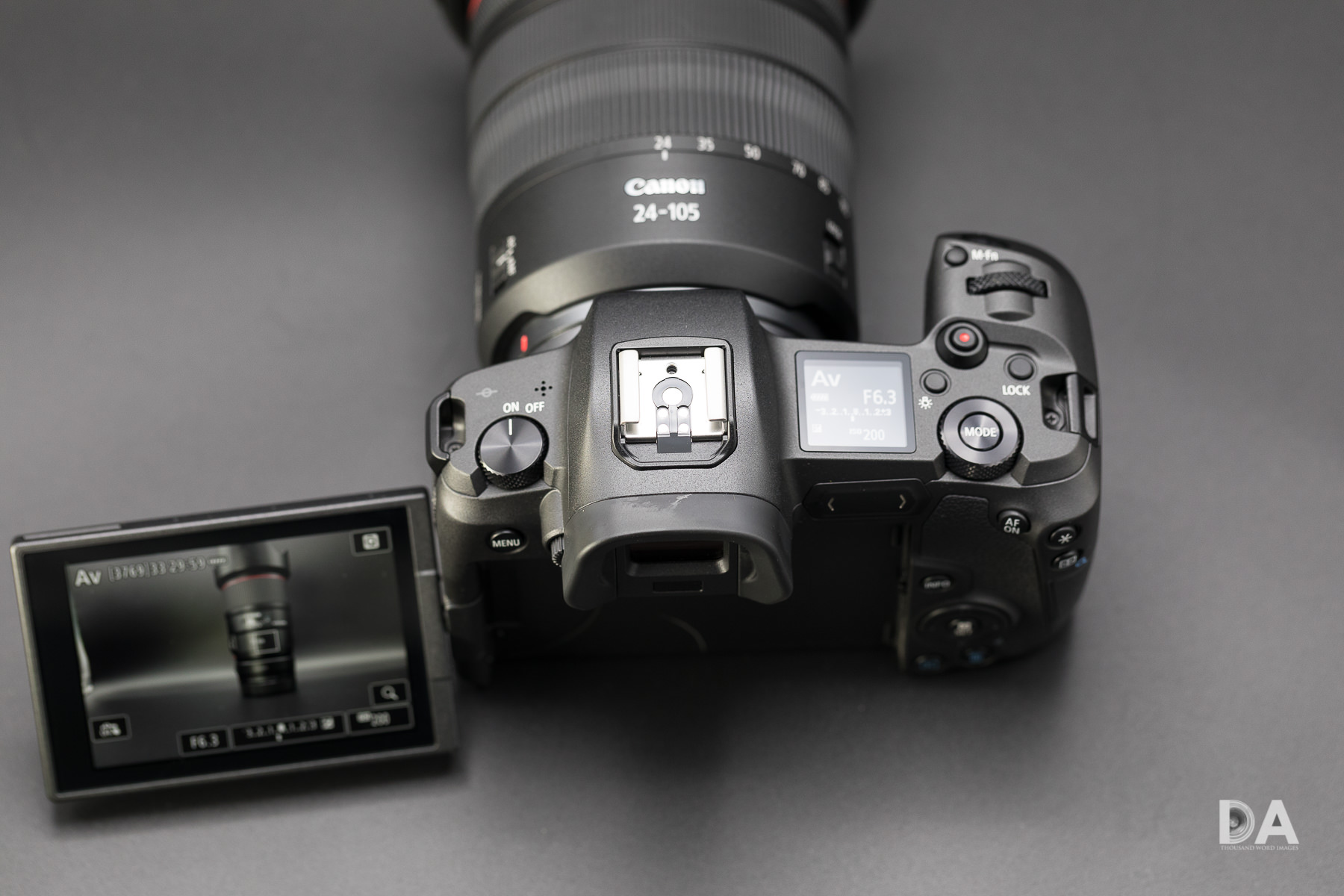
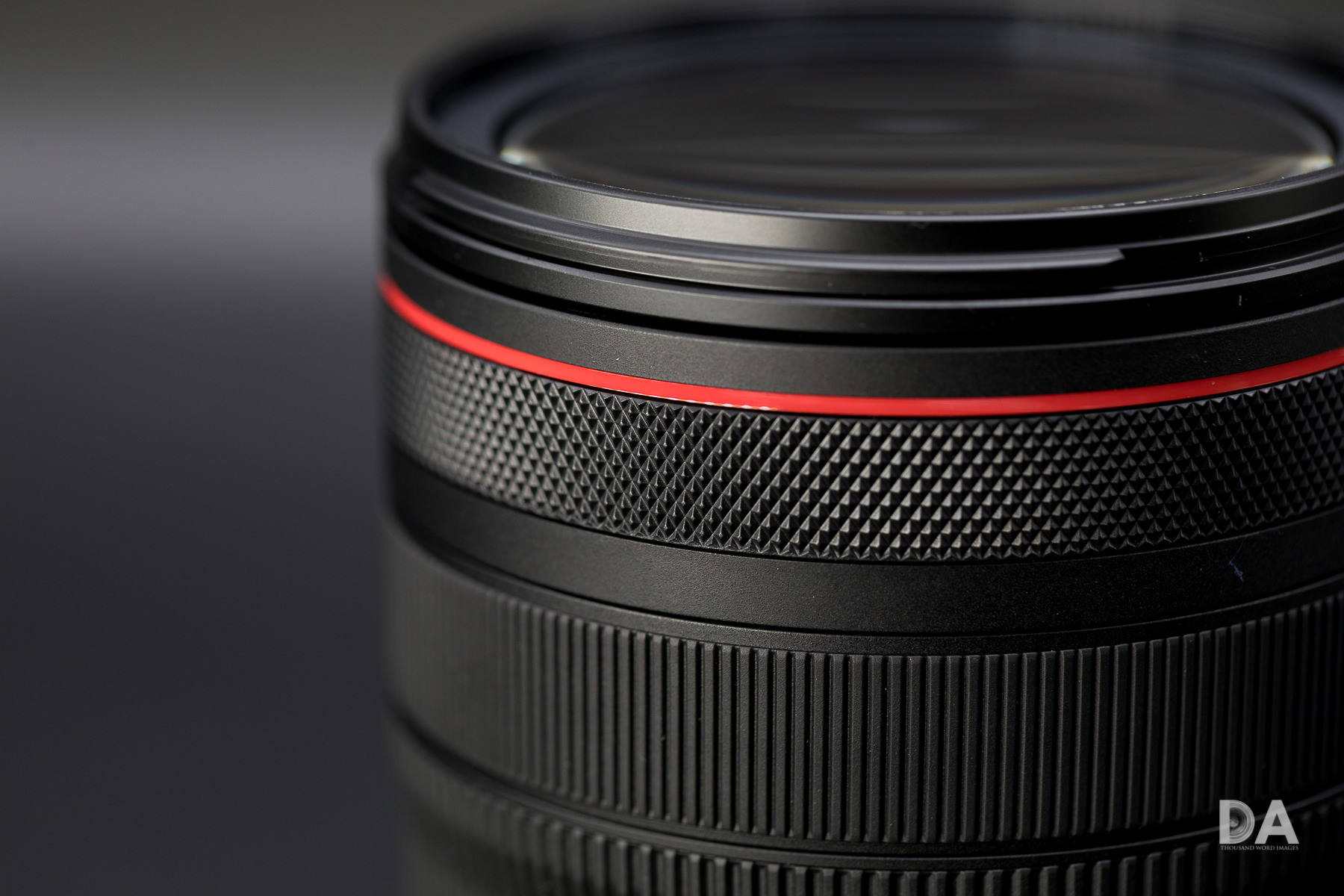
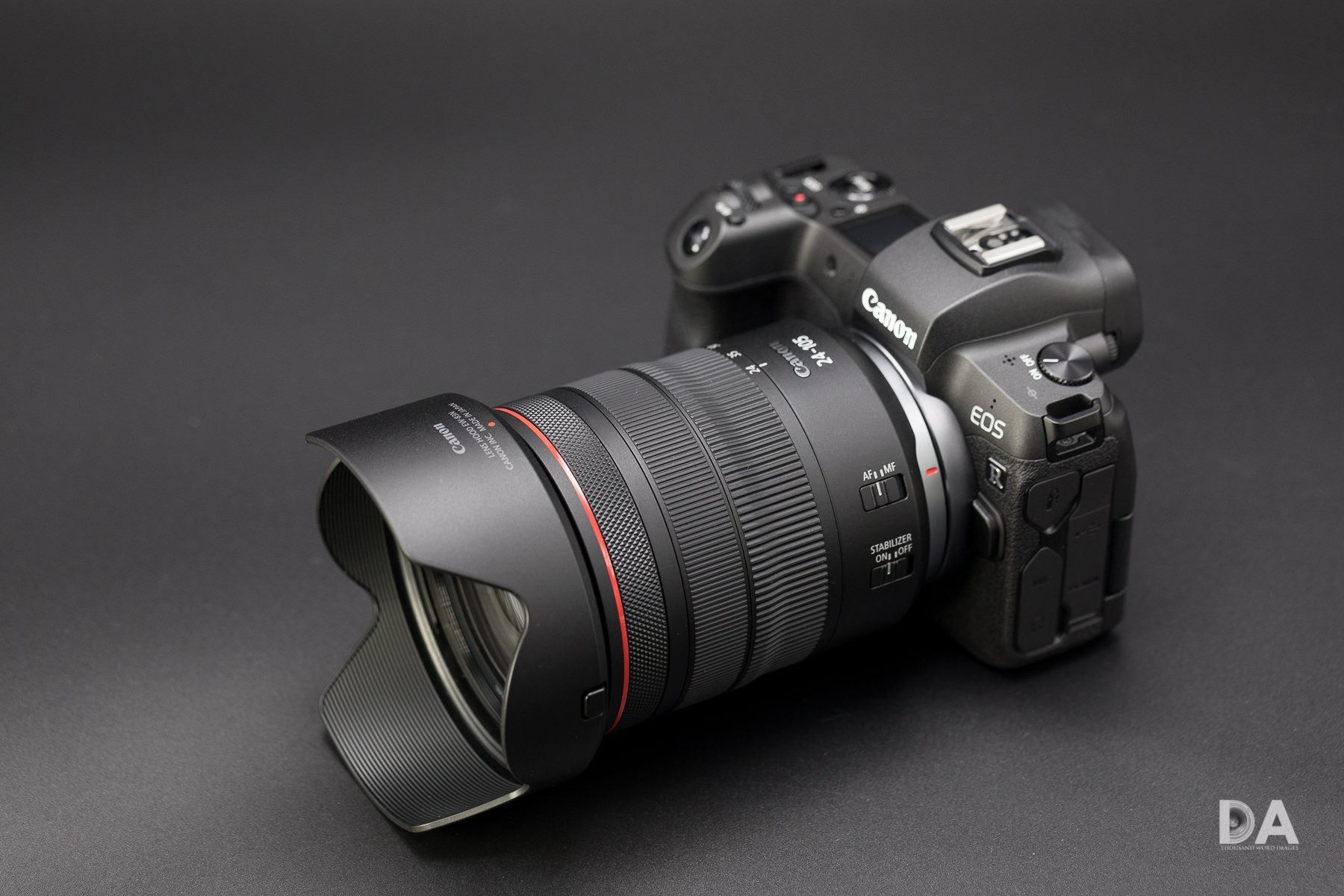
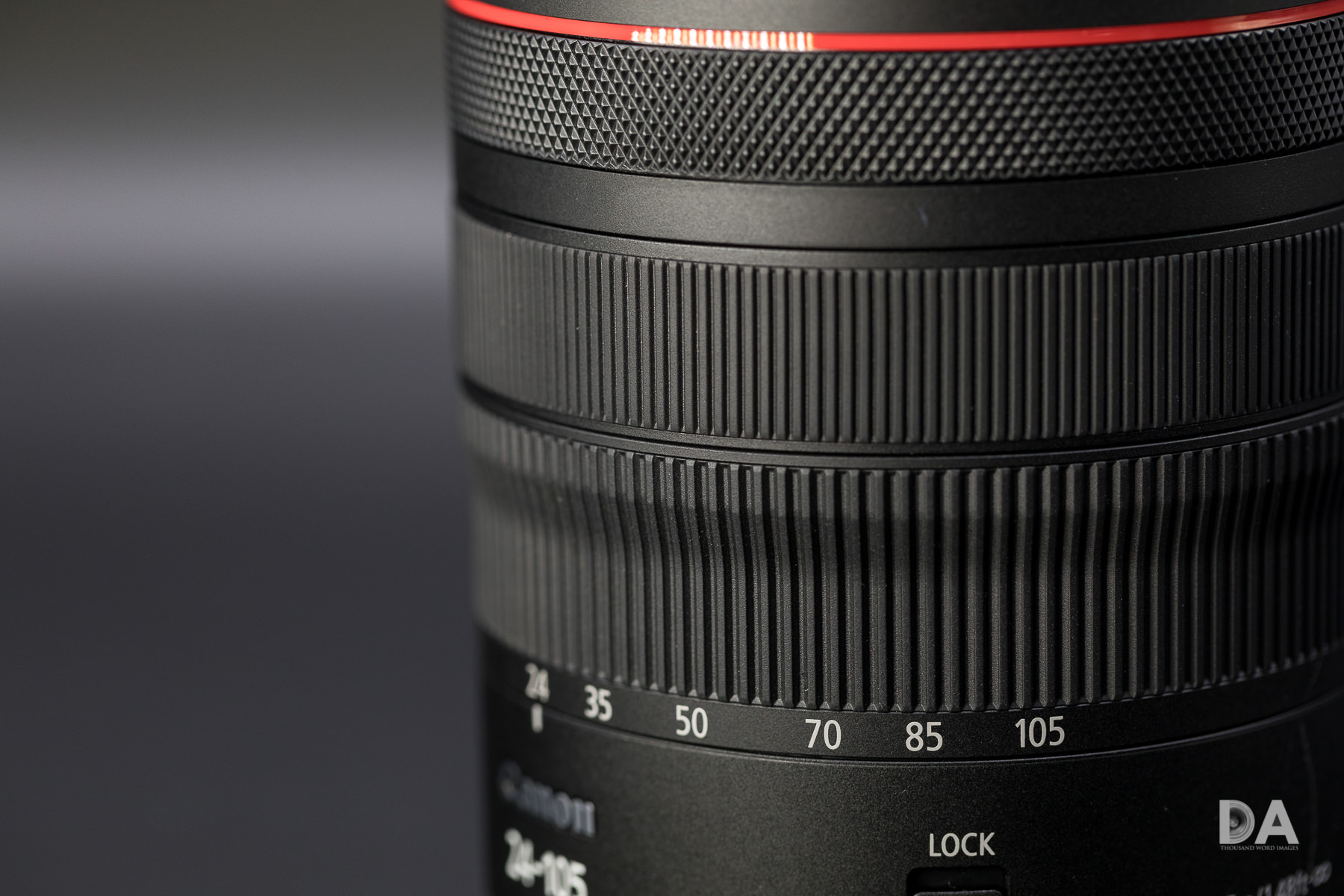
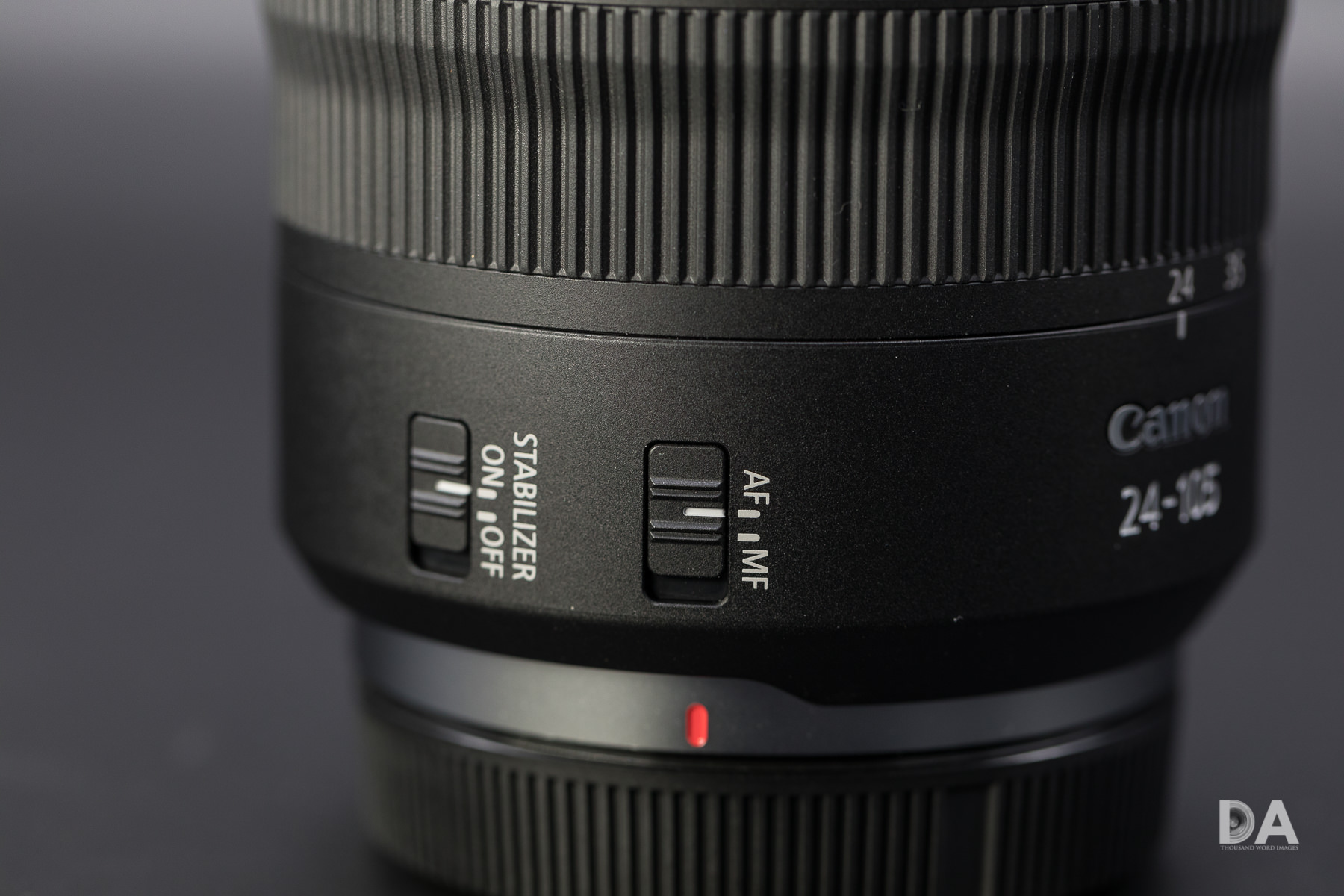

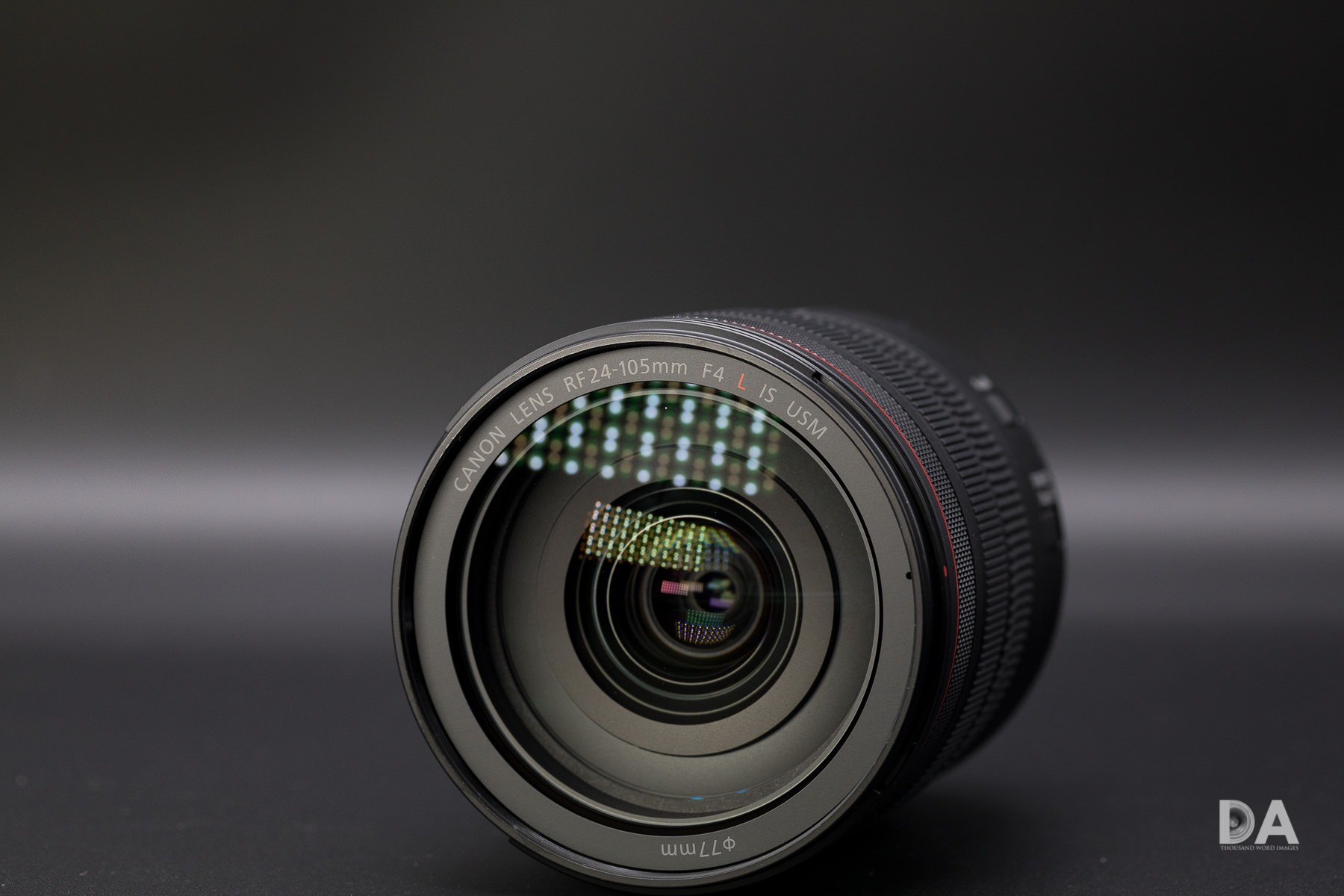




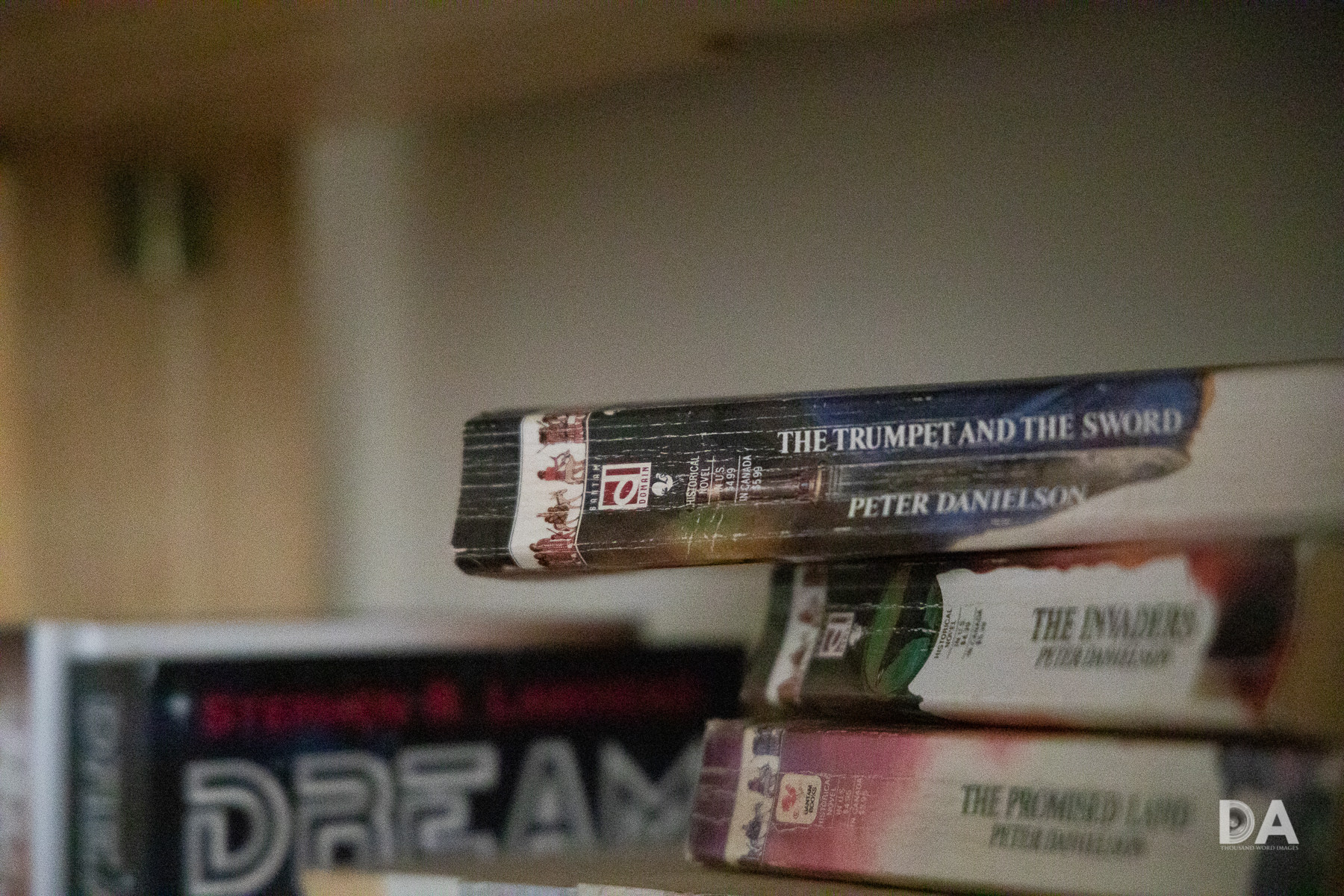

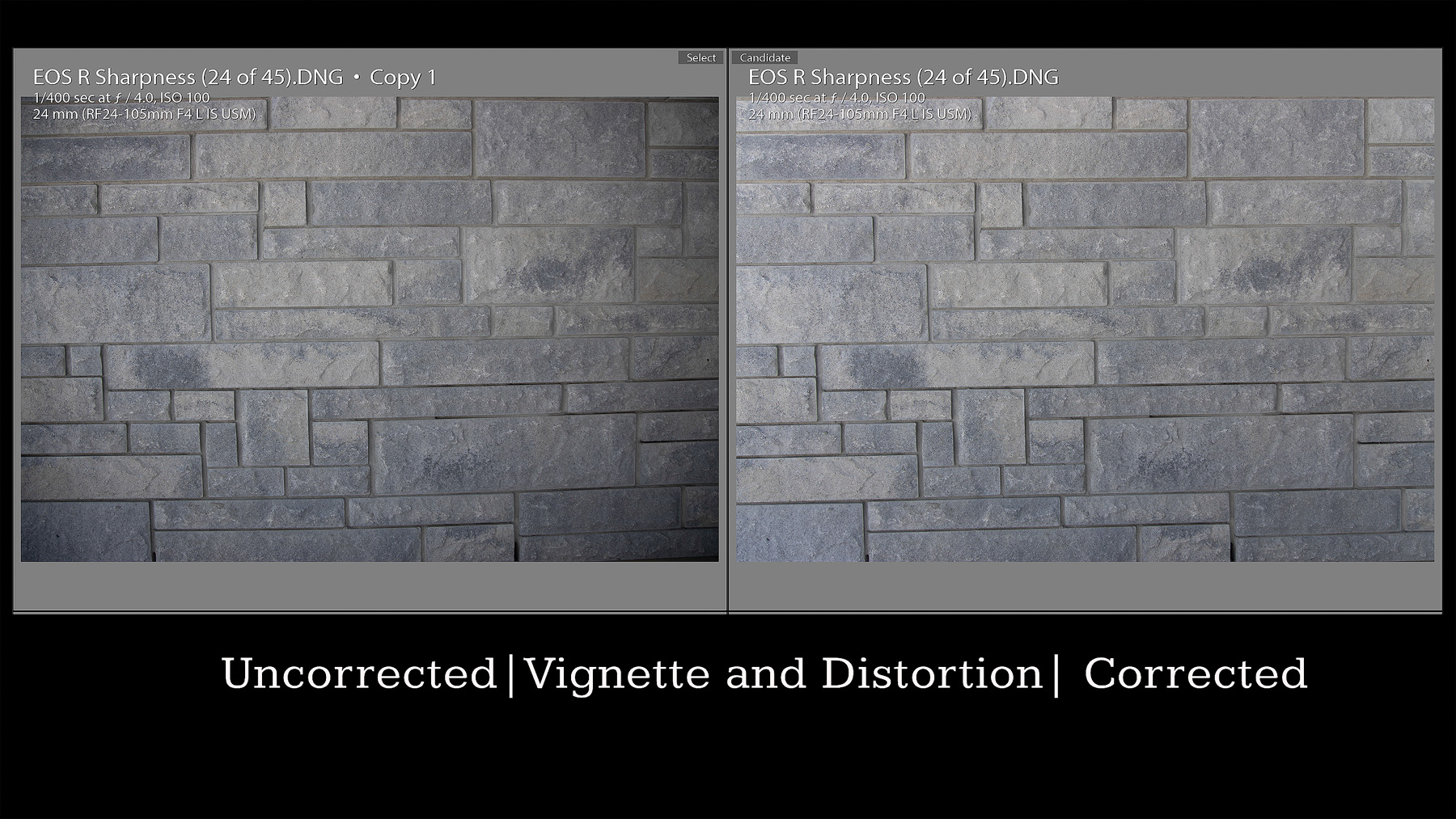
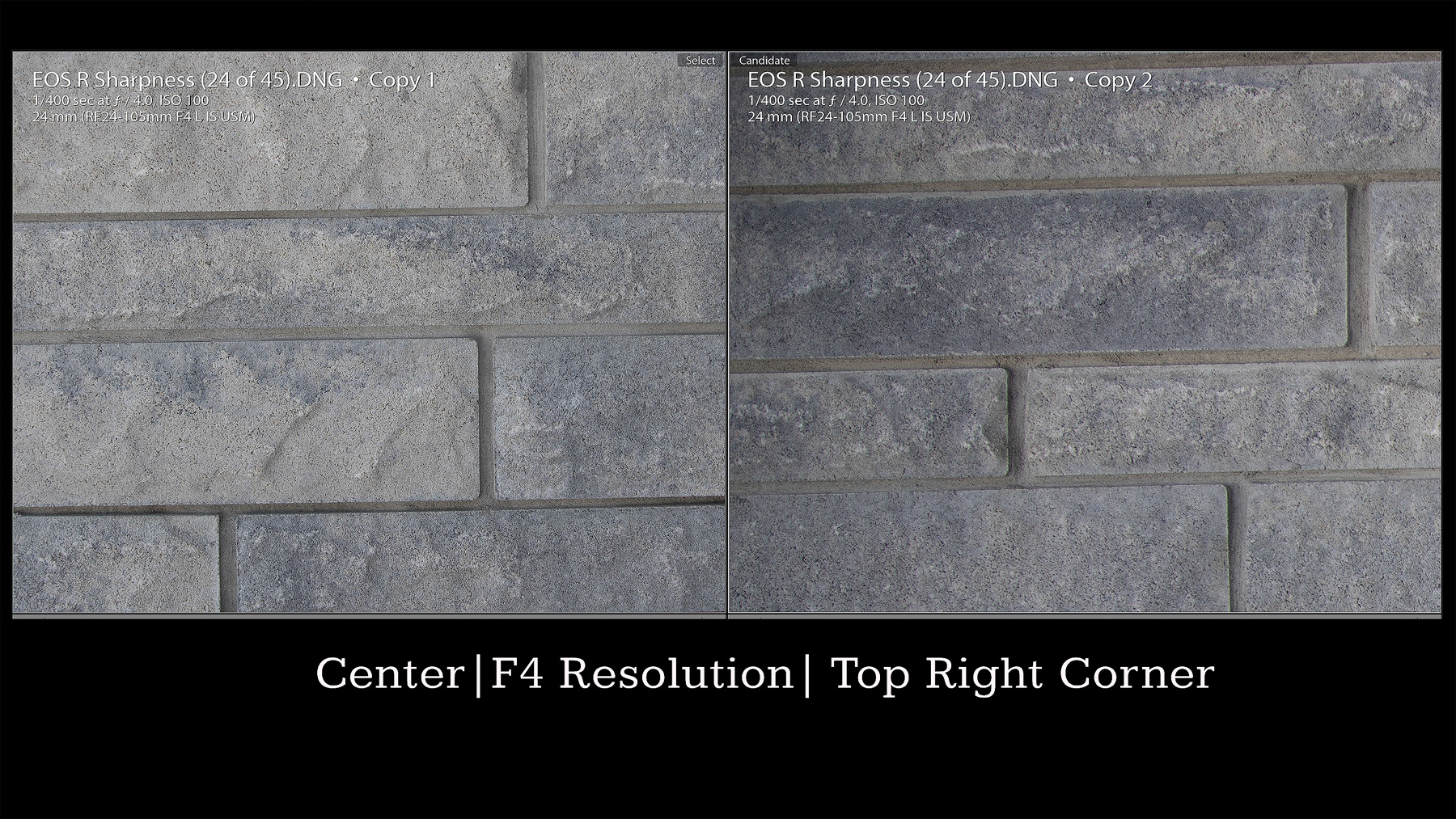

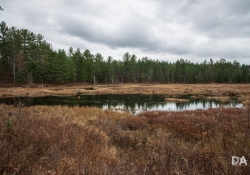

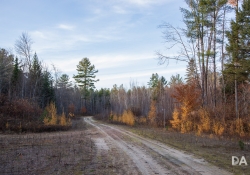


















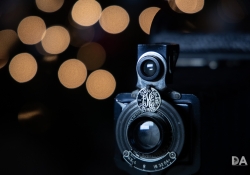
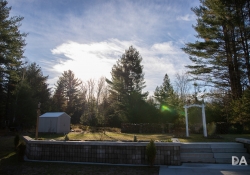
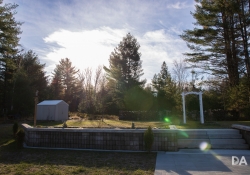

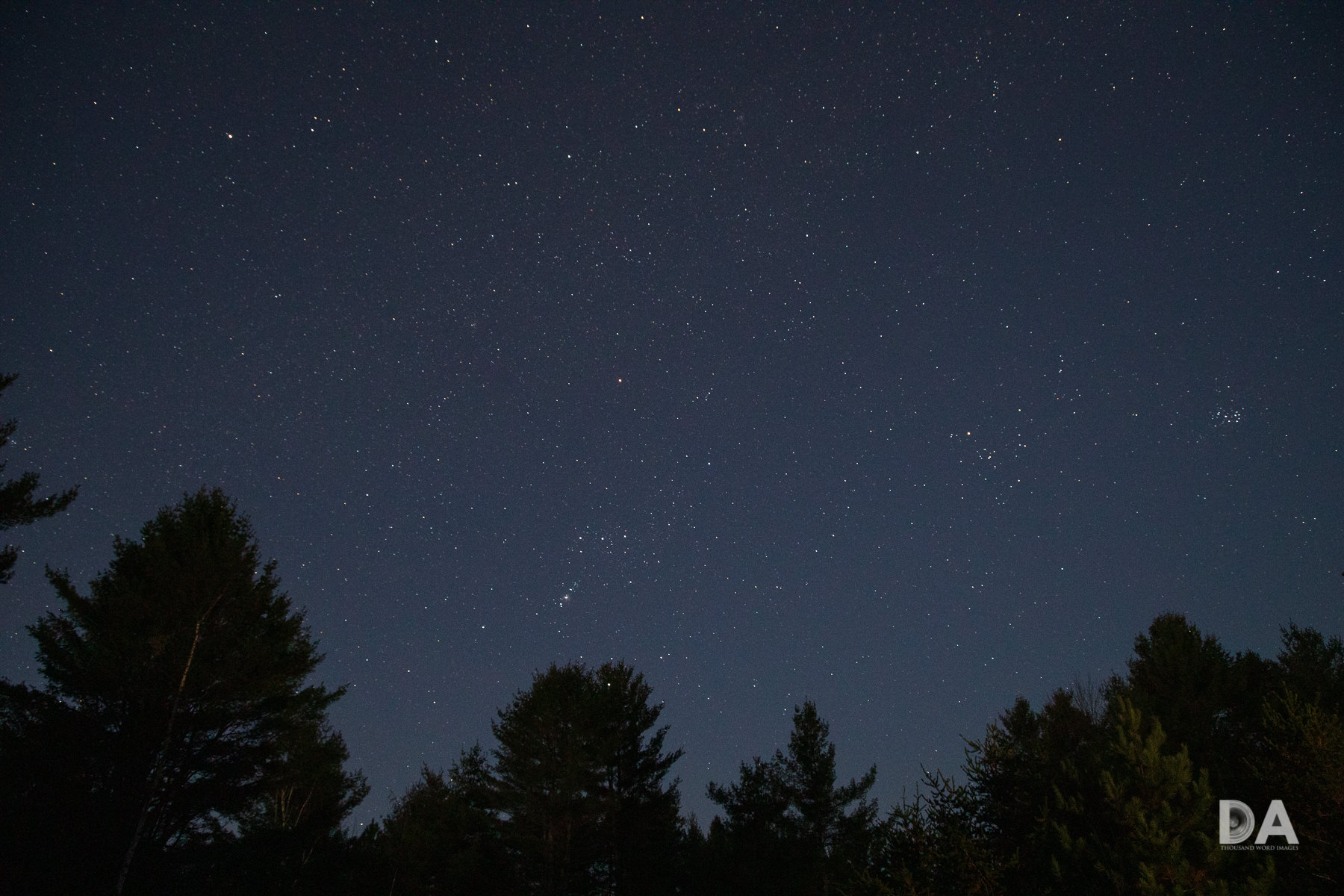


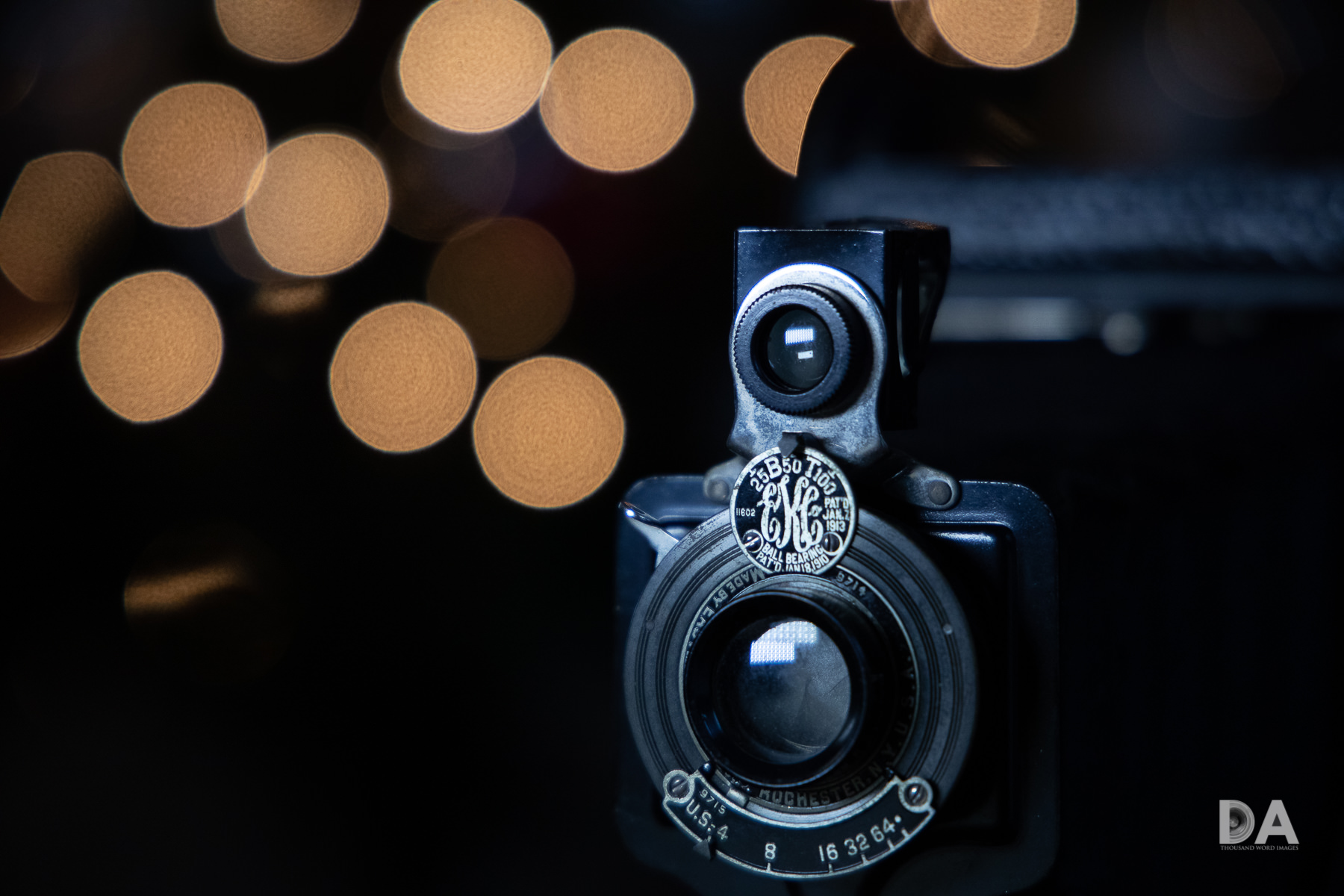










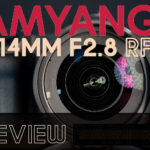
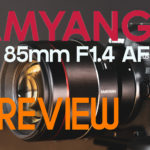




[…] Dustin Abbott […]
[…] From Dustin Abbott conclusion: […]